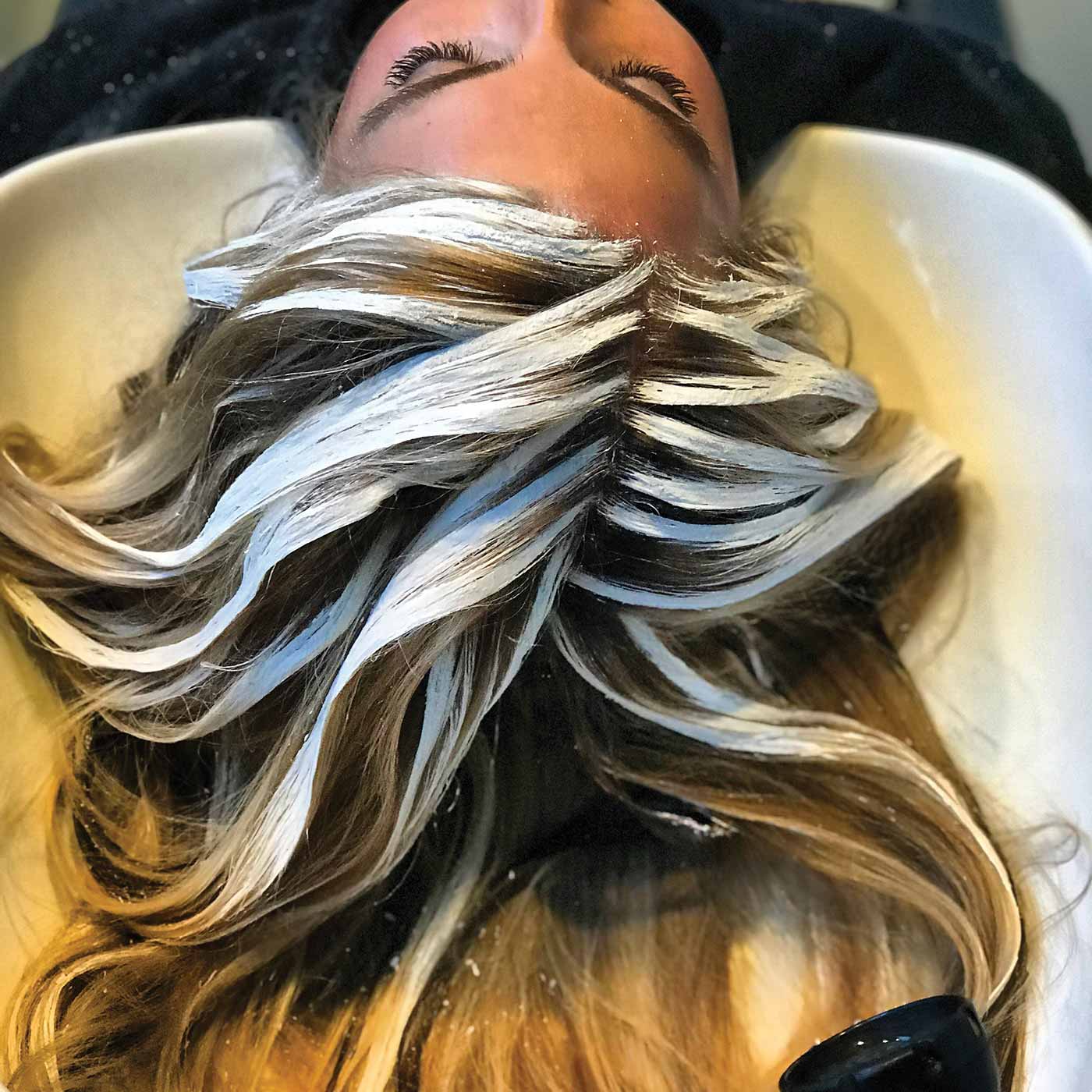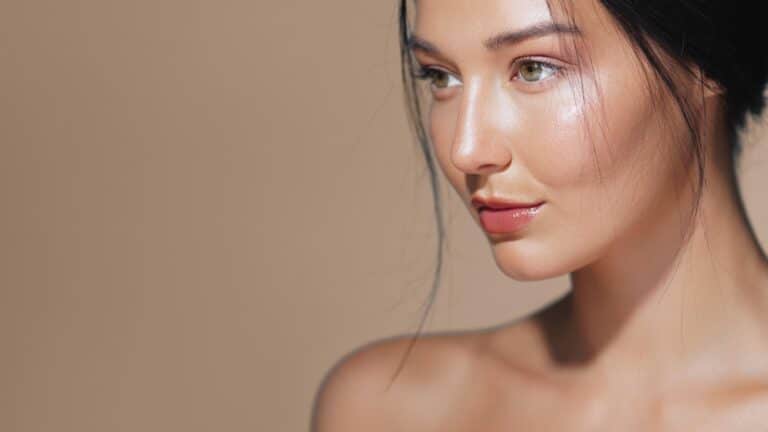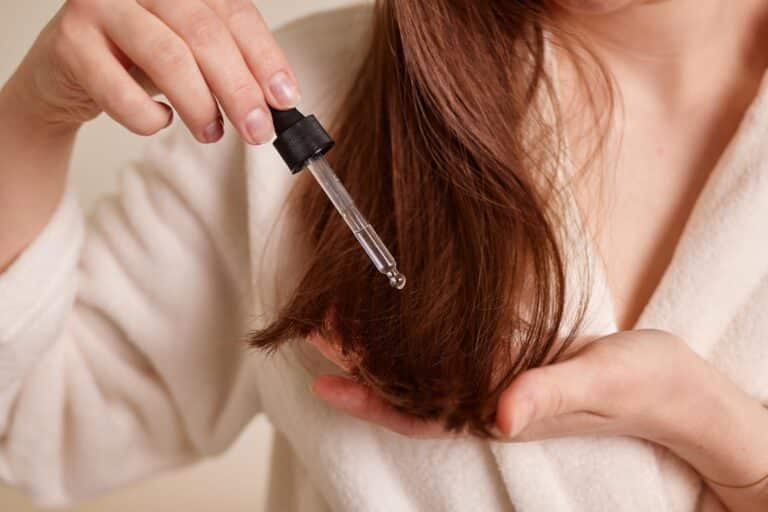A fresh new shade can instantly make you look younger, prettier and more stylish. The first step, though, is finding the right colorist. Ask friends whose color you like who they go to, or even stop people on the street. “Everyone loves being told they look amazing and are happy to share advice,” says Russell Cardali, colorist at Frédéric Fekkai in Greenwich, CT. Another option is to follow local colorists on Instagram to see examples of their work. A good colorist should be able to create any shade, but some—whether they want to admit it or not—specialize in a certain color, and their social media will often reveal their favorite hue.
Before letting anyone douse your hair with color and chemicals, book a consultation (this service is usually free). Look for the same qualities in a potential colorist during a consultation as you would in a potential partner on a first date: You want someone who is honest, a good listener, and asks thoughtful questions. “The colorist should ask a lot of questions about your lifestyle and hair color history,” says Dena Gardella, colorist at Colour Culture in Riverside, CT, who warns that you should beware of a colorist who tries to rush you into making a decision. Also steer clear of anyone who tries to talk you into a color that requires frequent salon visits that you don’t have time for—or can’t afford.
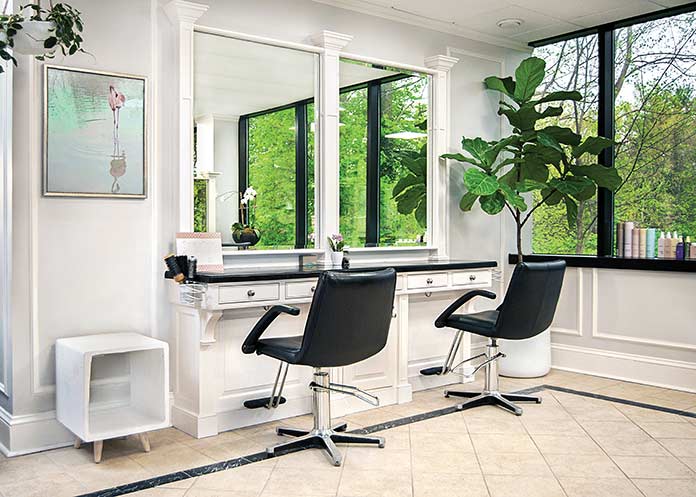
What to Know About Going Blonde
Match your skin tone. “I try to keep my clients’ hair no more than two to three shades lighter than their skin tone,” says colorist Nick Trombetta, owner of Salon Maffei in White Plains, NY. Butter, platinum, strawberry and golden blonde look best on those with fair skin (ashy and icy shades wash out pale complexions). Those with medium skin should opt for wheat, ash or sandy blonde, and people with darker skin should go for shades of toffee, caramel or honey.
It’s usually a two-step process. If you have grey or dark hair, your colorist may do a single process to make your hair a lighter base color. Then he or she will weave in highlights to create dimension.
Take it slow. If you have dark hair and want to go blonde, do it in stages (going a little lighter each time you get your hair colored) to prevent damage and over-processing. “It usually takes a few visits, over time—and yes, this even applies to the Kardashians! Everyone mentions Khloe…if she did it, why can’t I? But what they may not know is that she did this over almost a nine-month span,” says Cardali.
It’s great for those with lots of gray. Grays are more noticeable in dark hair than in blonde hair, so going blonde helps grays blend in better. “It helps hair grow out gracefully with way less maintenance,” says Gardella.
If you have curly hair, go bold. “With curly hair, I love to put big, bright highlights throughout,” says Cardali. “Otherwise, the color just gets lost in the curls and won’t be noticeable.”
What to Know About Dark Brown/Black
You can age out of dark hair. Dark hair can start to look severe and make fine lines and wrinkles more apparent. “As you age, it’s best to lighten up your dark locks. Even if it’s just a subtle highlight, lightening up a smidge will soften your features,” says Gardella.
It’s a fresh look for summer. People used to lighten their hair for the summer and darken it a little for the winter. Not anymore—the rules have changed. “Just like you can now wear white jeans all year round, you can go light in the winter and dark in the summer. I love dark hair in the summer. Nothing is sexier than darker hair with a golden tan,” says Cardali.
A gloss treatment makes dark curls stand out. When hair is dark, it’s sometimes hard to see curls. “So if you have curly hair, you can ask your stylist to do a gloss or glaze treatment,” says Trombetta. These treatments impart shine, which helps curls catch light, giving hair movement and texture. (Glosses and glazes basically do the same thing. The difference: Glosses penetrate the hair so they can last up to four weeks, while glazes just coat the cuticle and only last a week or two.)
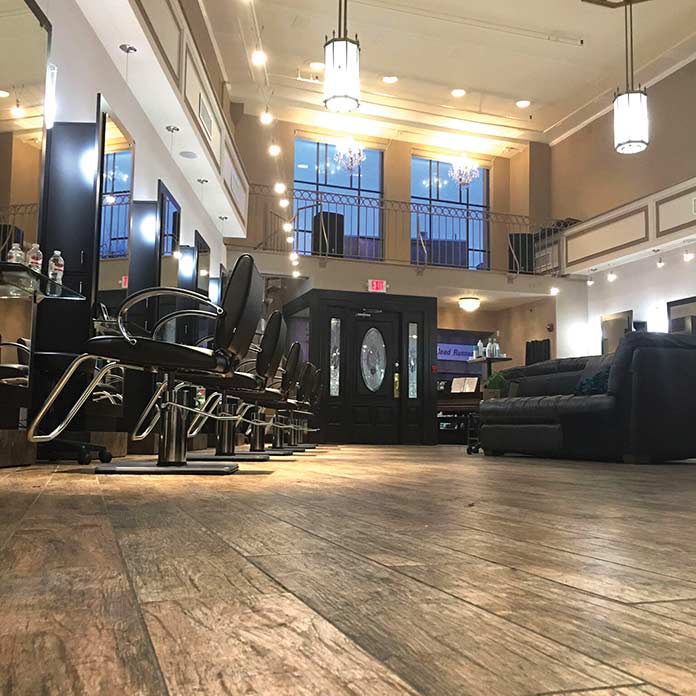
What to Know About Going Red
Vivid colors fade faster than softer, subtler hues. That means go red only if you can commit to frequent salon visits (at least every six weeks). Also, protect color by taking lukewarm showers as often as possible—heat opens up the hair cuticle letting color sneak out—and using heat-protecting products before blow-drying, straight ironing or curling.
Skin tone is very important here. Red can look garish if you don’t select exactly the right shade for your coloring. Strawberry and golden copper shades flatter fair skin; auburn, copper, and caramel-red work well with medium skin; and dark mahogany red is great for dark skin, says Trombetta. And if you have dark skin and want to make a bold statement, go for fire engine red!
Red may come on a little strong. Hair can turn different colors during processing, so don’t panic if your red is looking a little crazy while you’re colorist is doing it. When the processing is complete and hair is washed and dried, your true red shade will be seen.
What to Know About Going Light Brown
It’s for everyone. The A-line skirt of hair colors, this shade is the easiest to pull off. It flatters all skin tones and requires the least amount of maintenance.
Highlights are key. To prevent mousy-ness, have your stylist weave in a few golden highlights. “Not everyone can go blonde, but anyone can have accents of lighter pieces in their hair,” says Gardella. Highlights can be applied with foils or using the Balayage technique, in which the colorist paints color onto the strands for a beachy look. Either way, for the most natural look, hair should be lightest around the face, towards the ends of strands.
Keep it healthy. This piece of advice applies to all color treated hair: To keep color looking rich and vibrant, get regular trims. “A damaged hair cuticle can’t keep color trapped within its cuticle layer. It’s like trying to heat a room in the winter with the window open,” says Trombetta. “Cutting away the damage lets new, beautiful hair grow in, which better absorbs color.” Hair grows at a rate of about a quarter to half an inch a month, so aim to get your hair trimmed every eight weeks.

